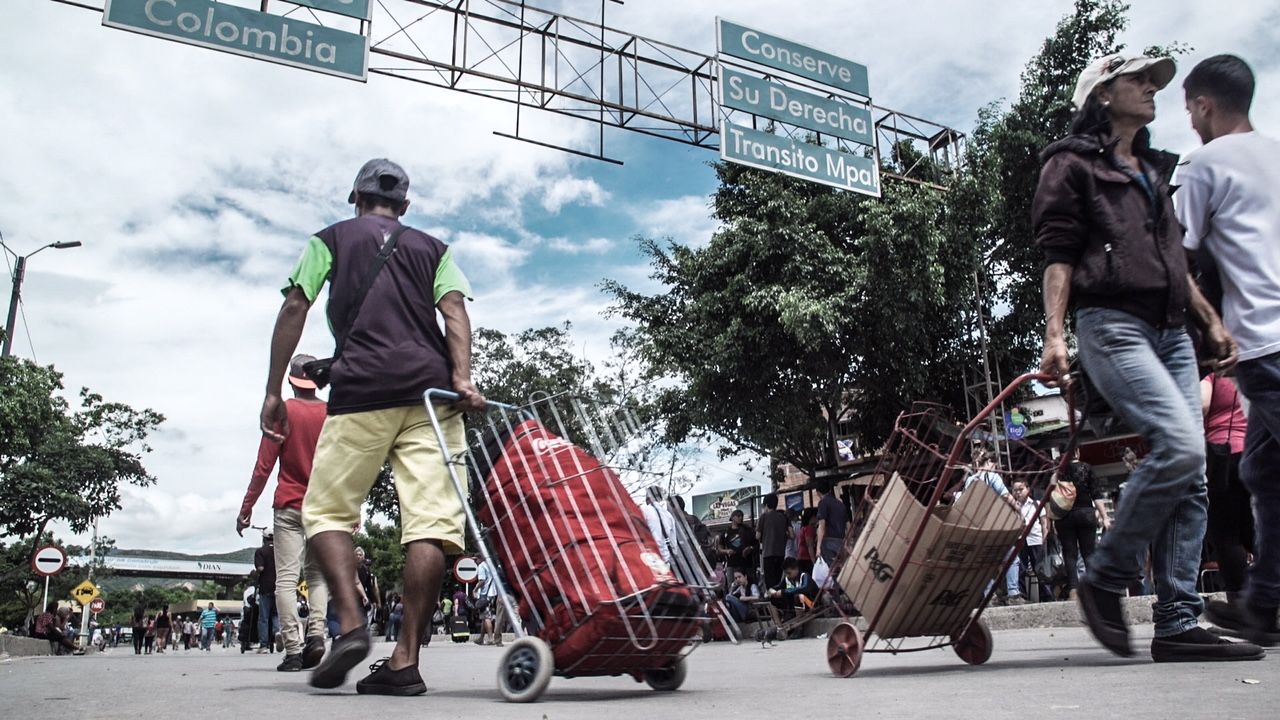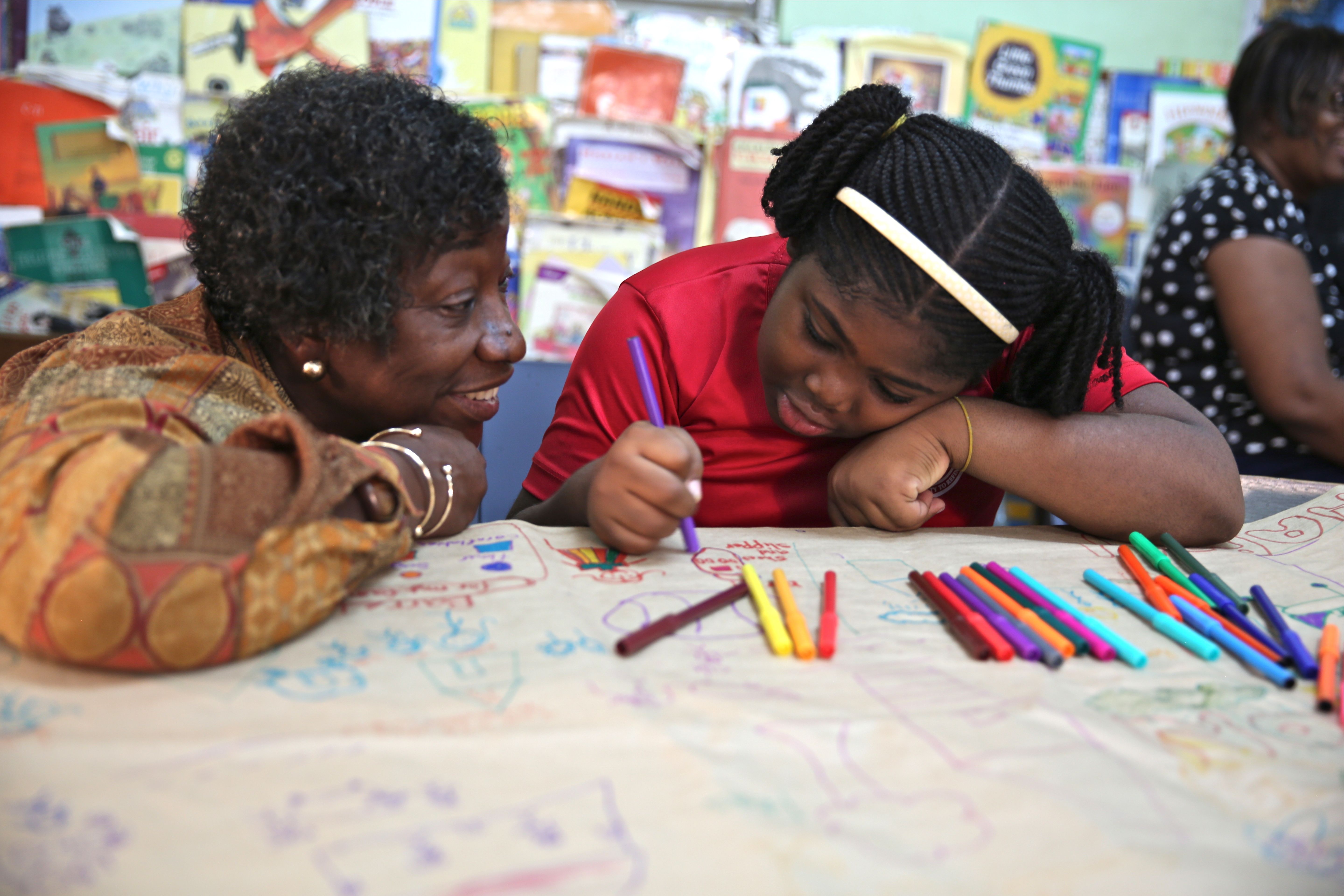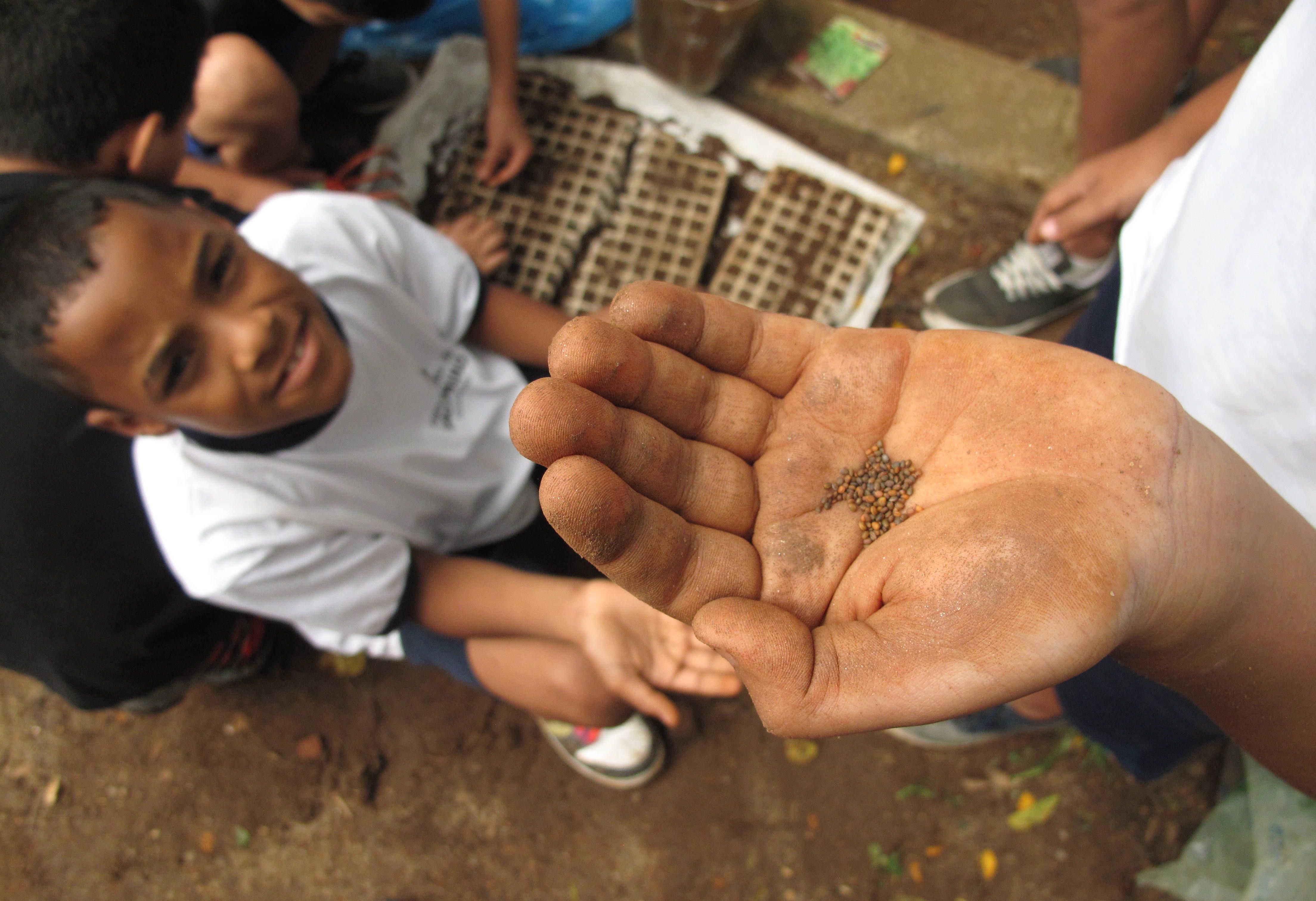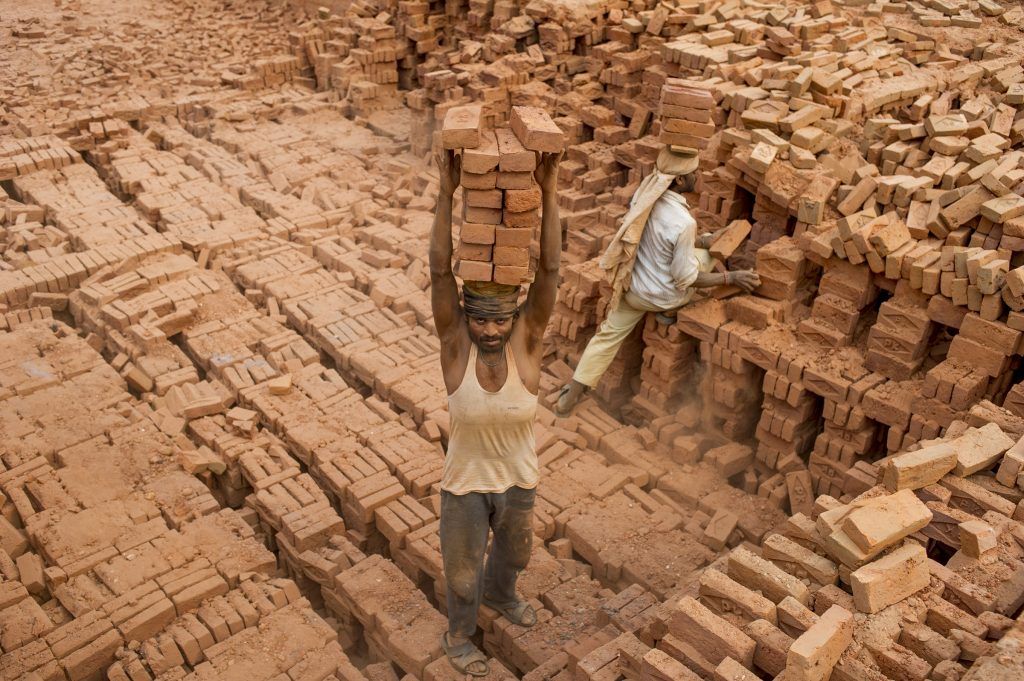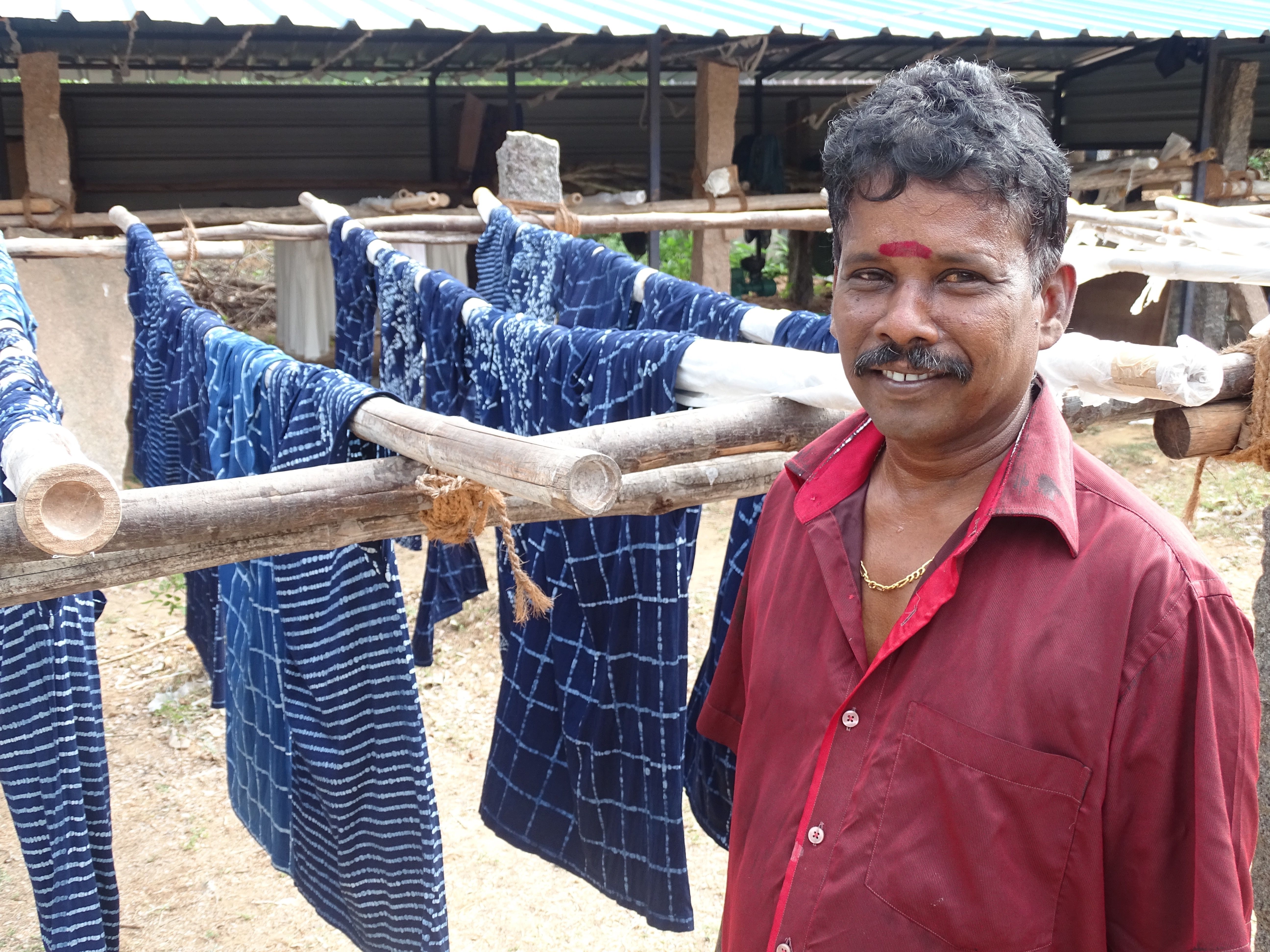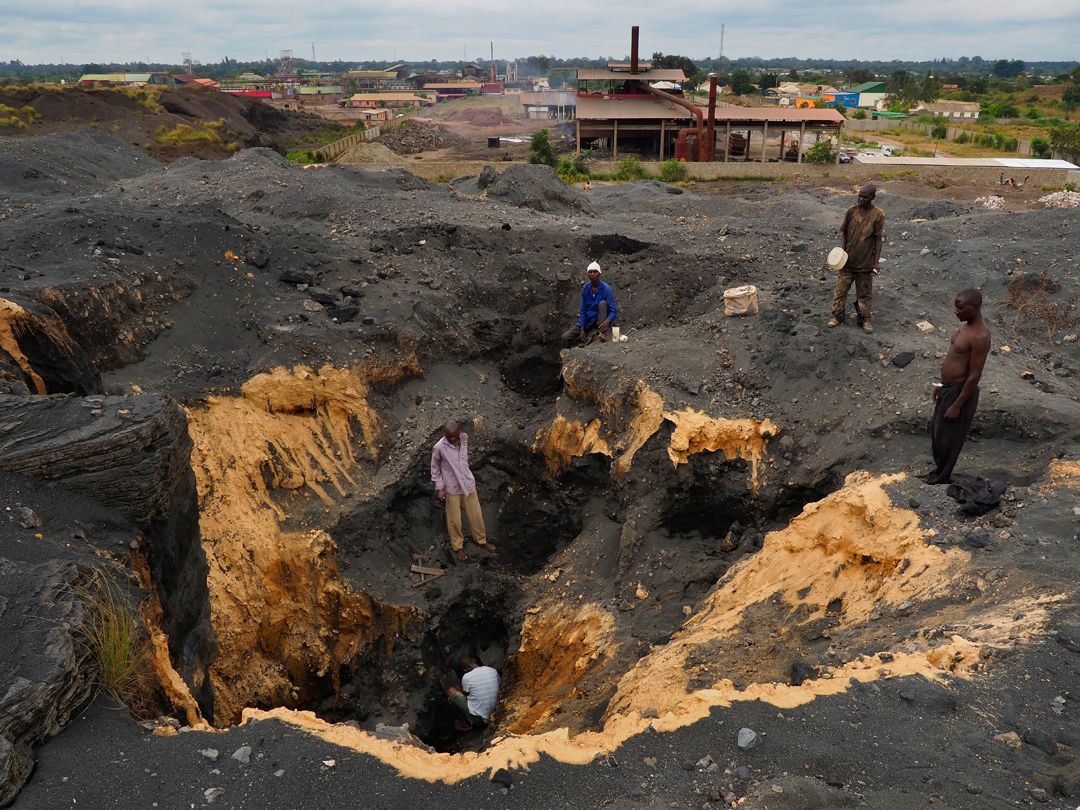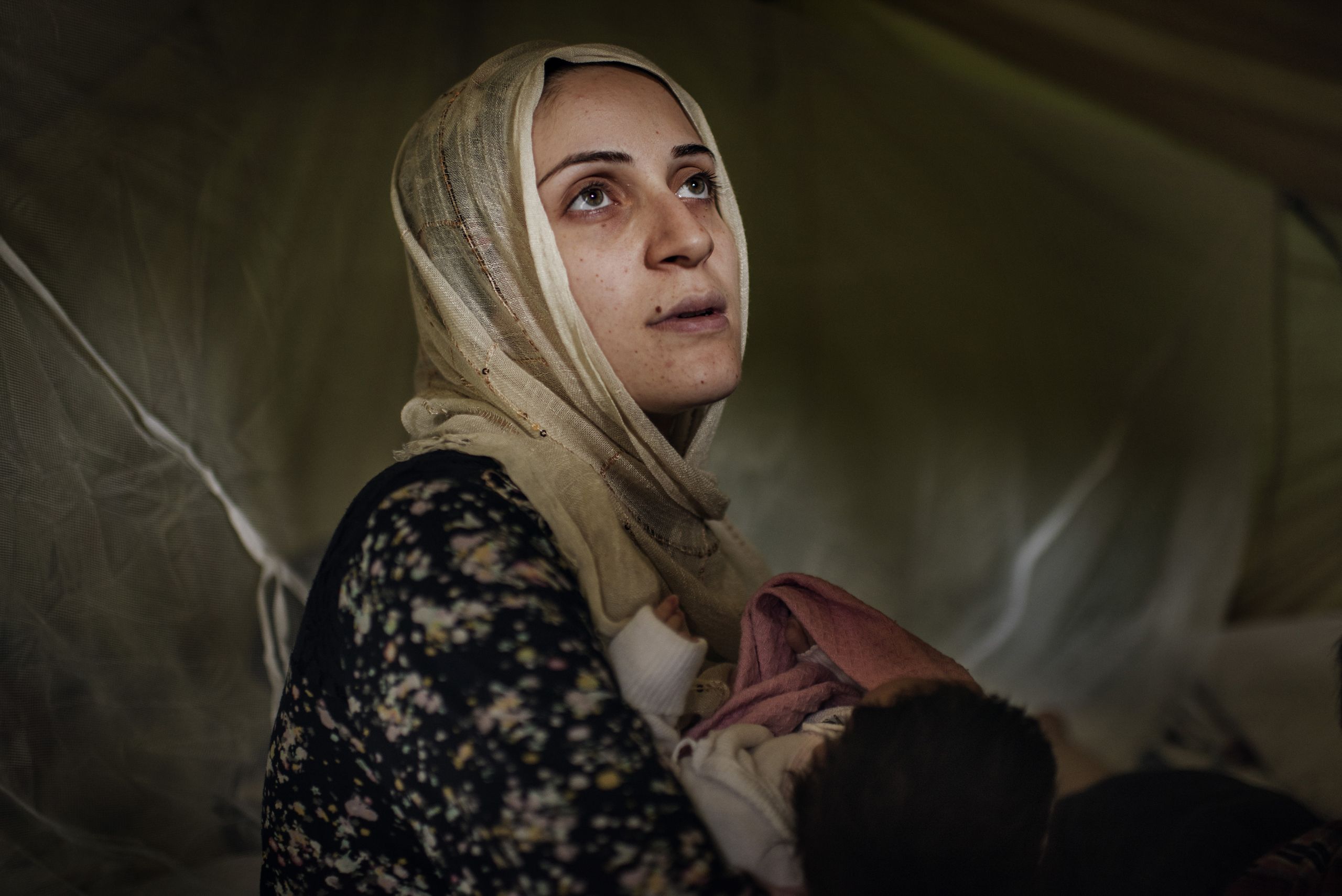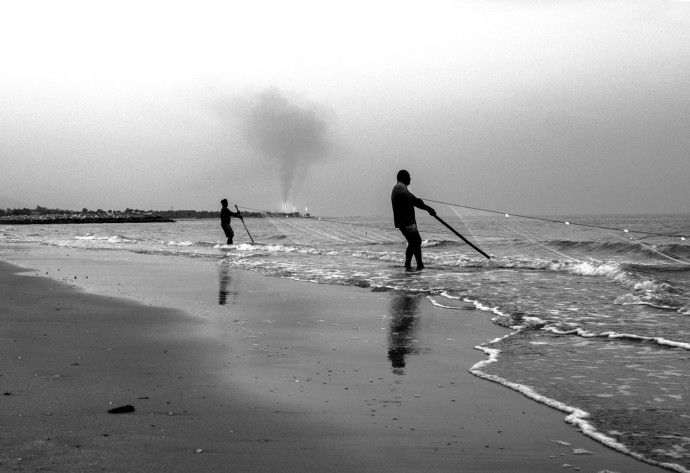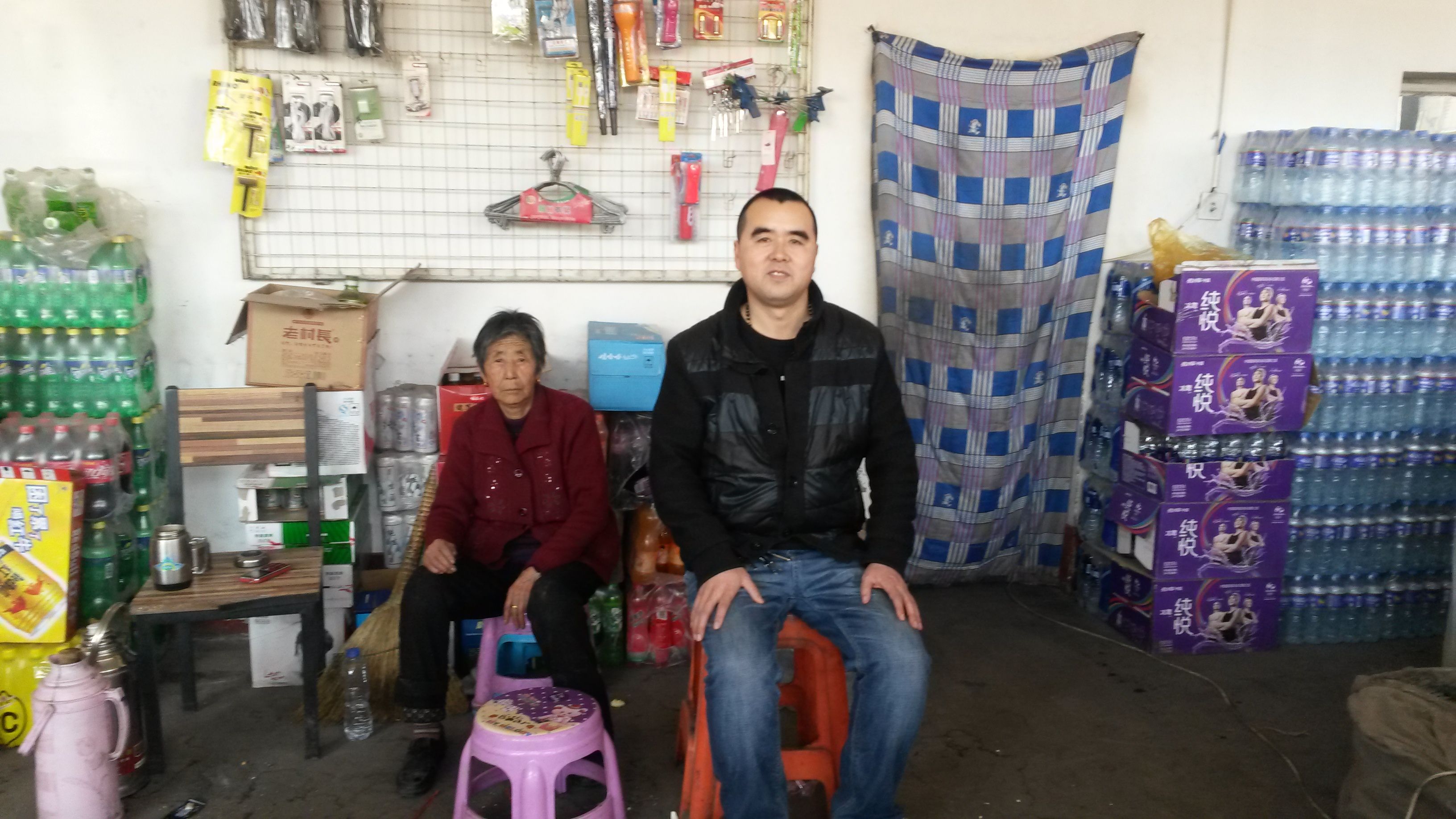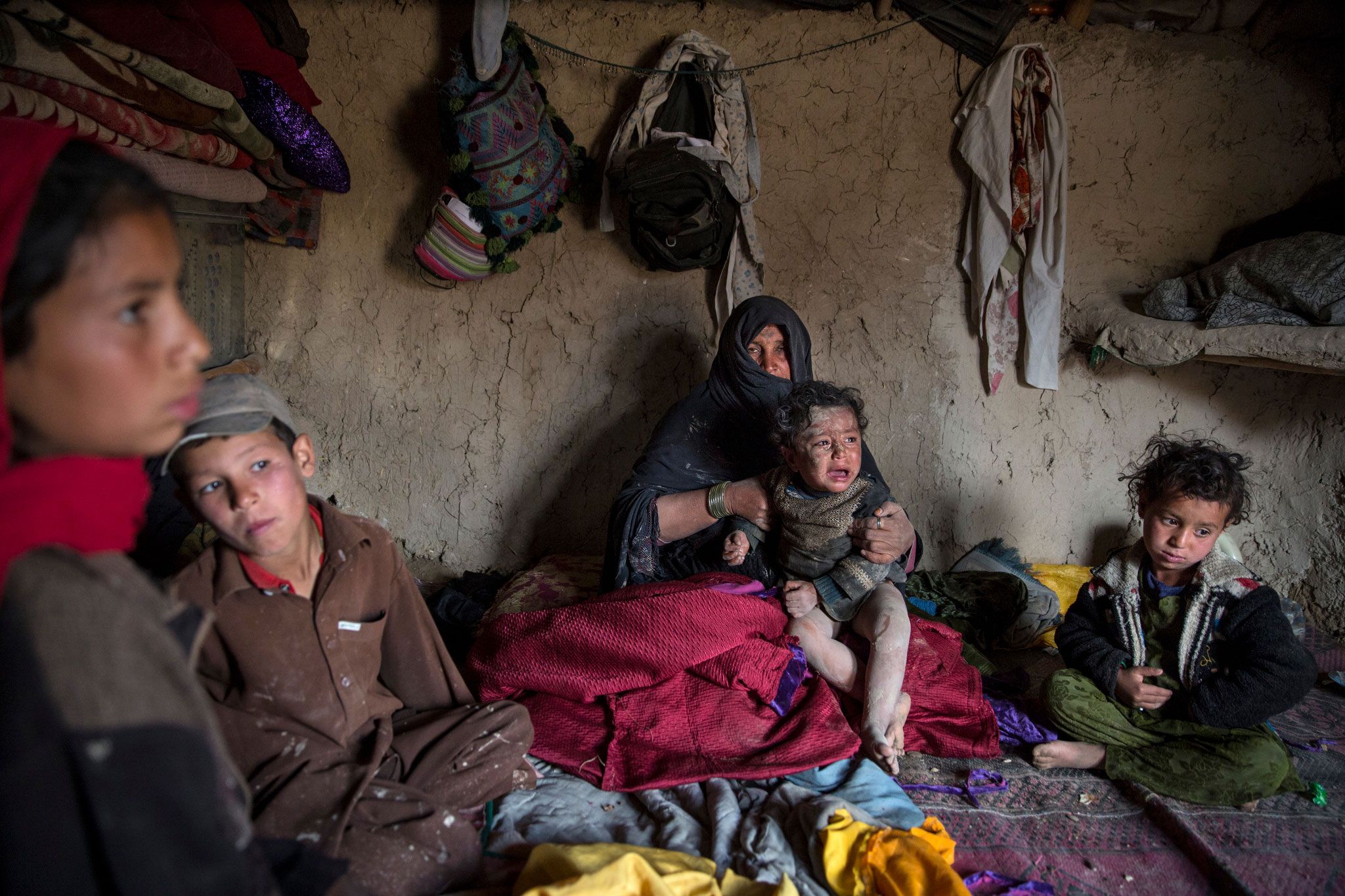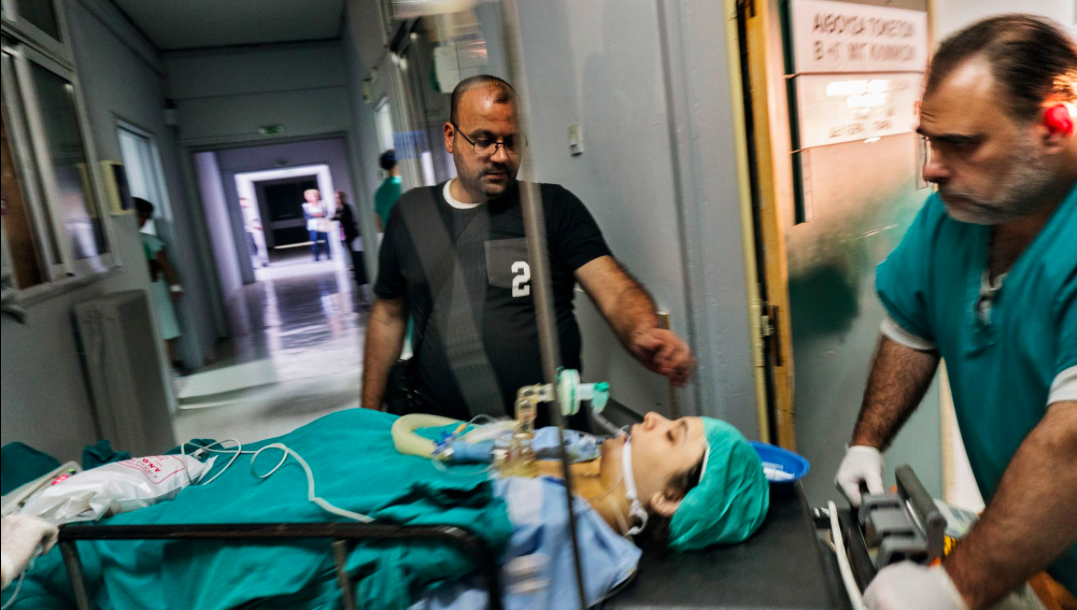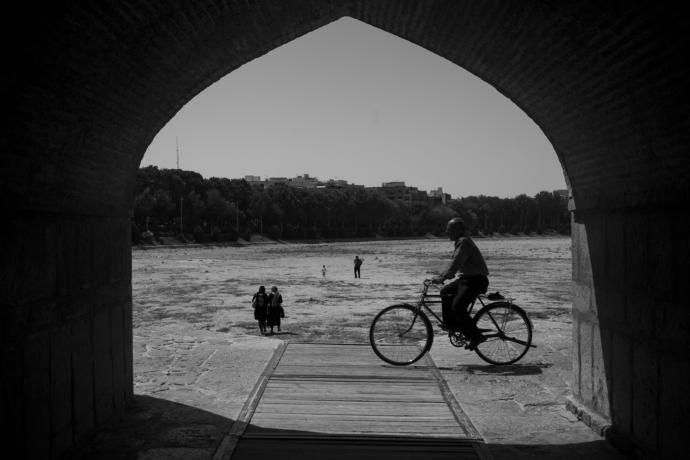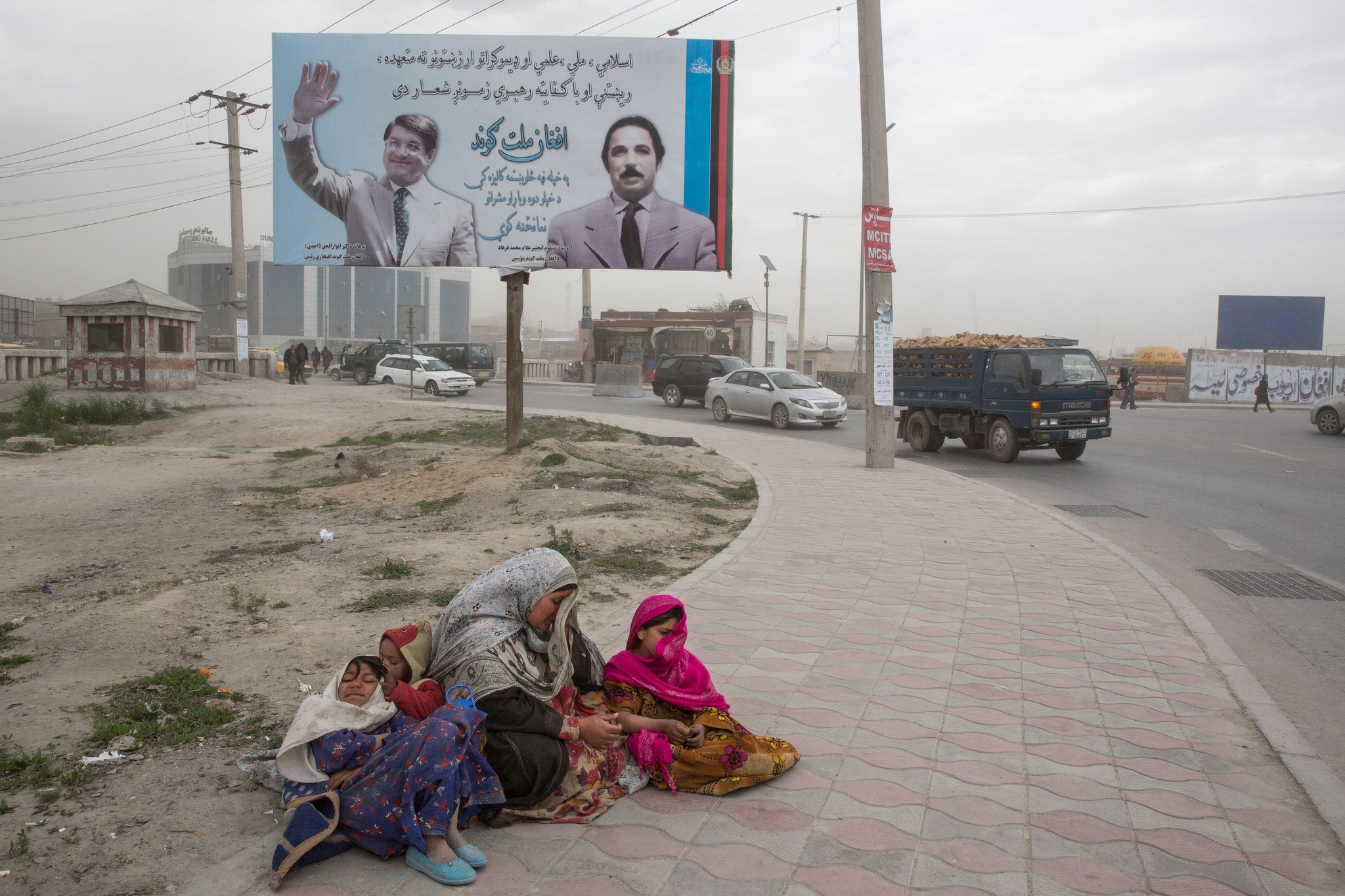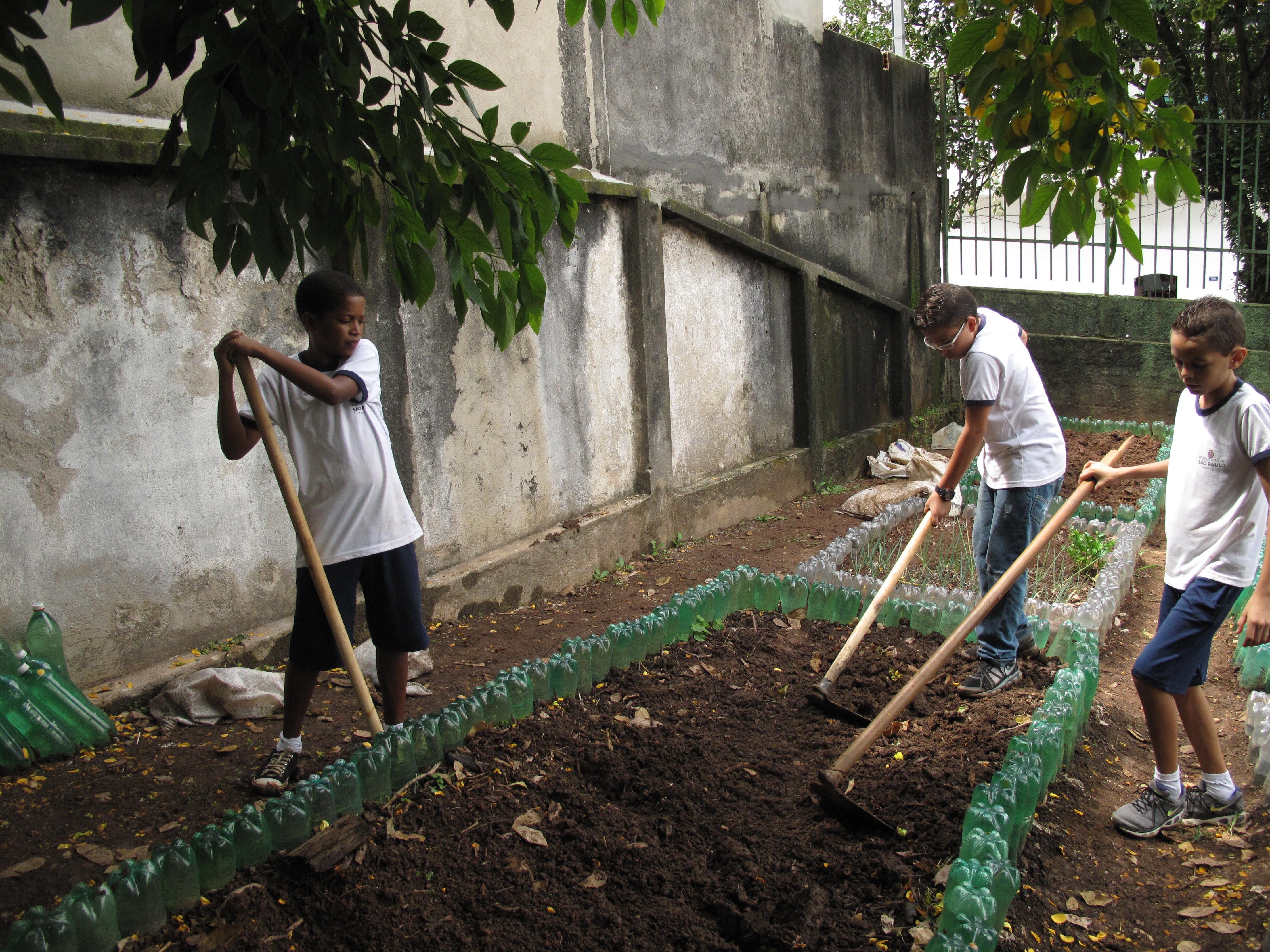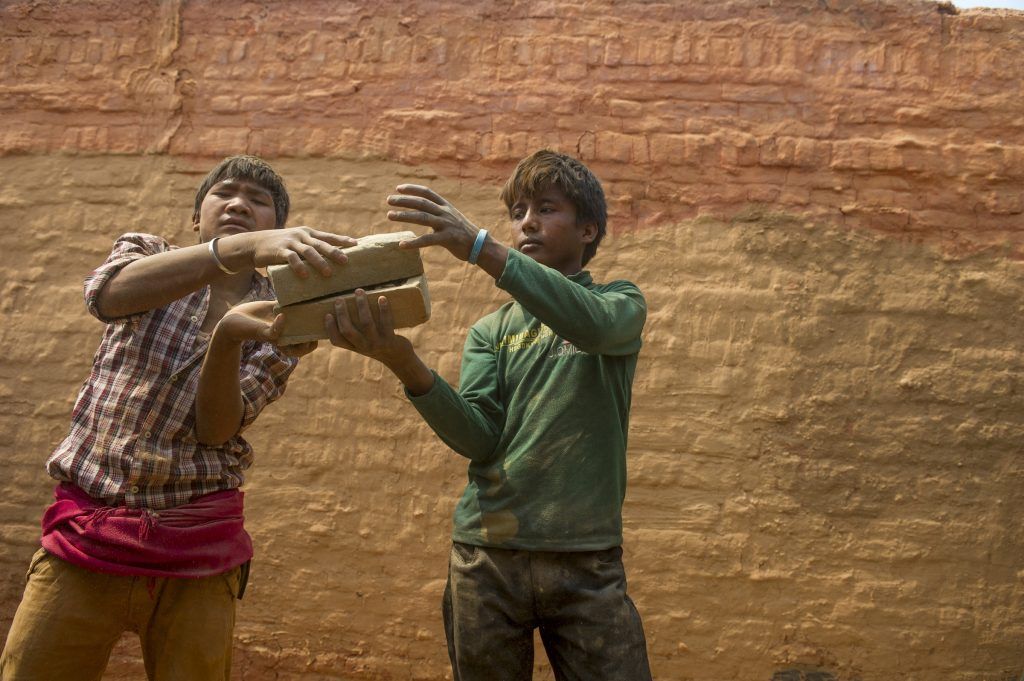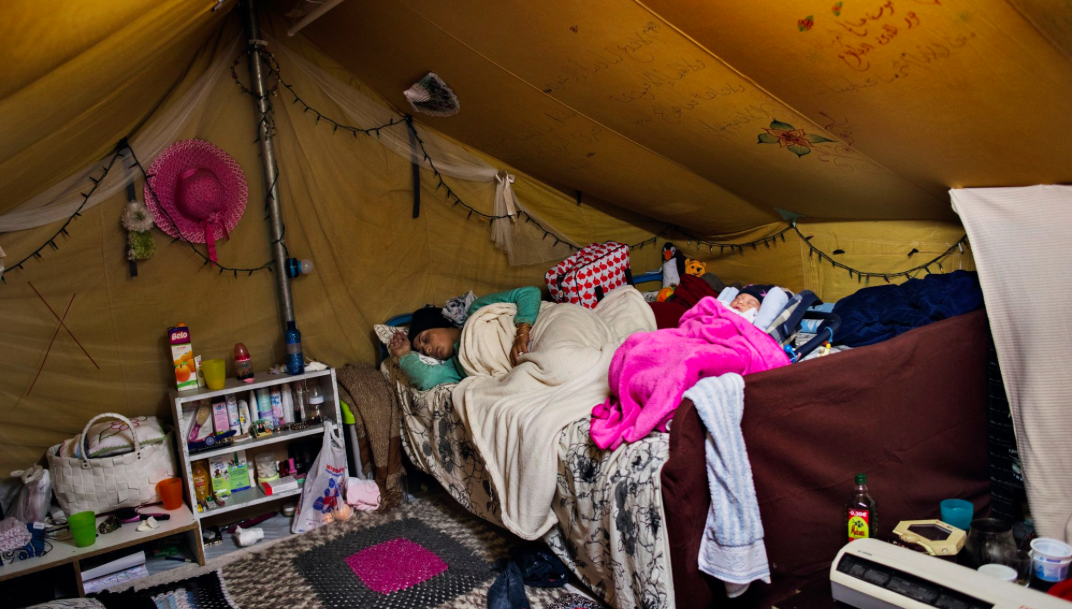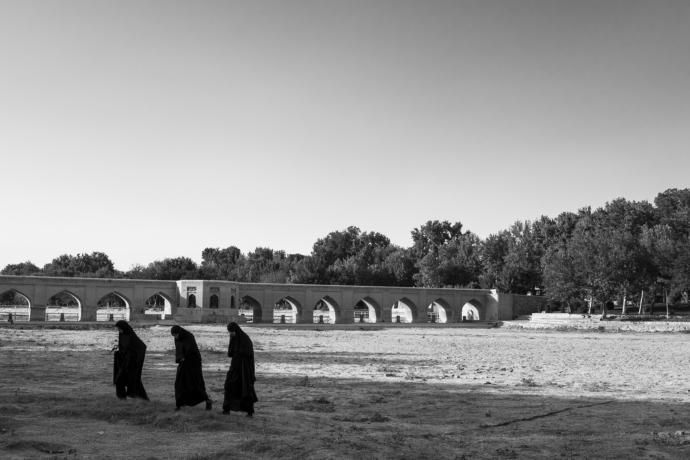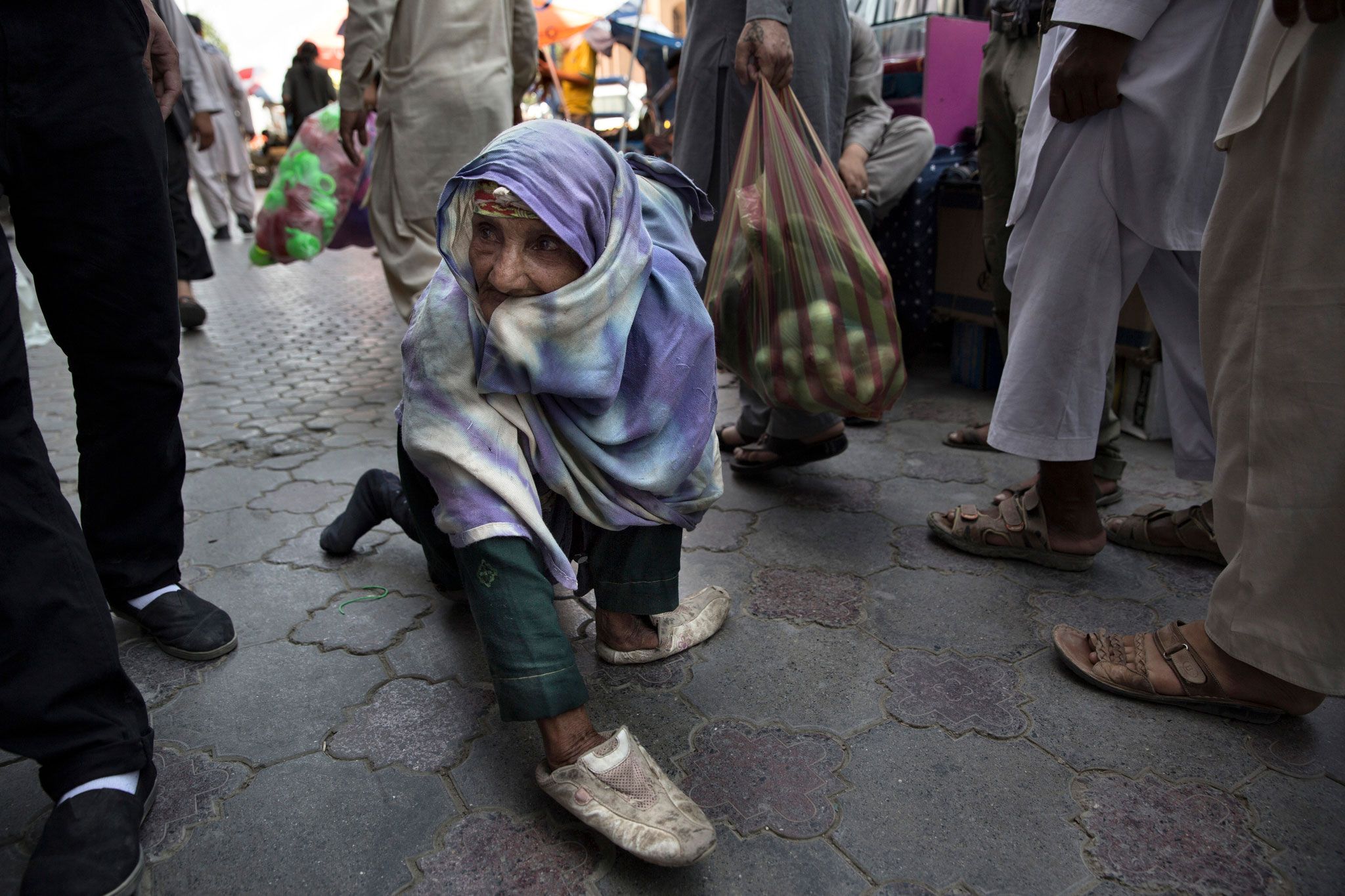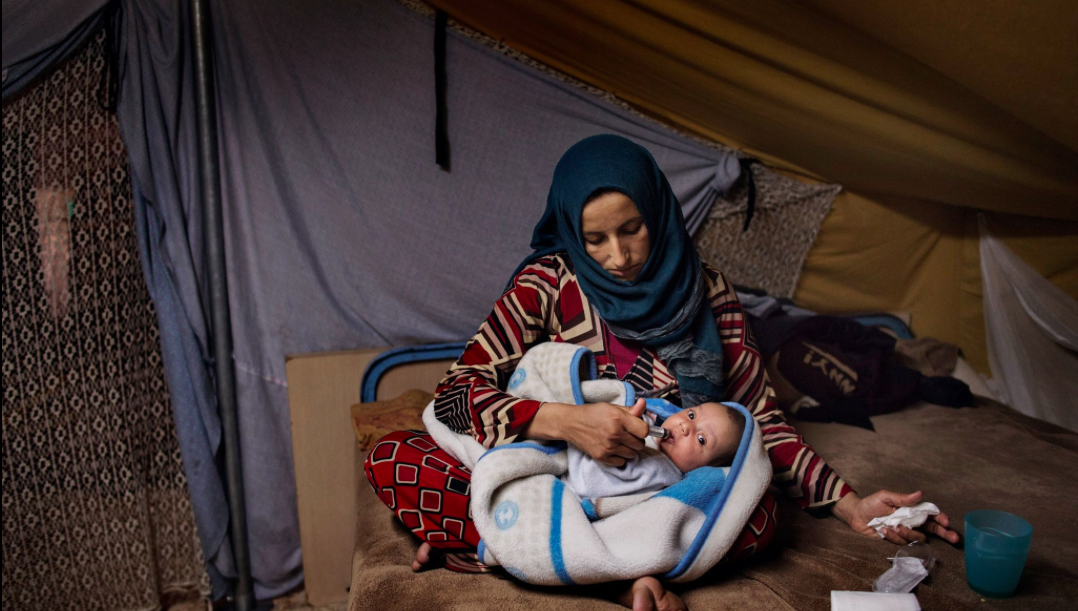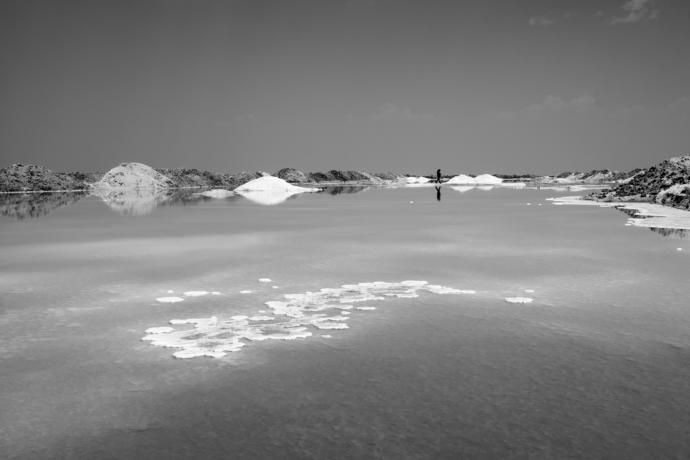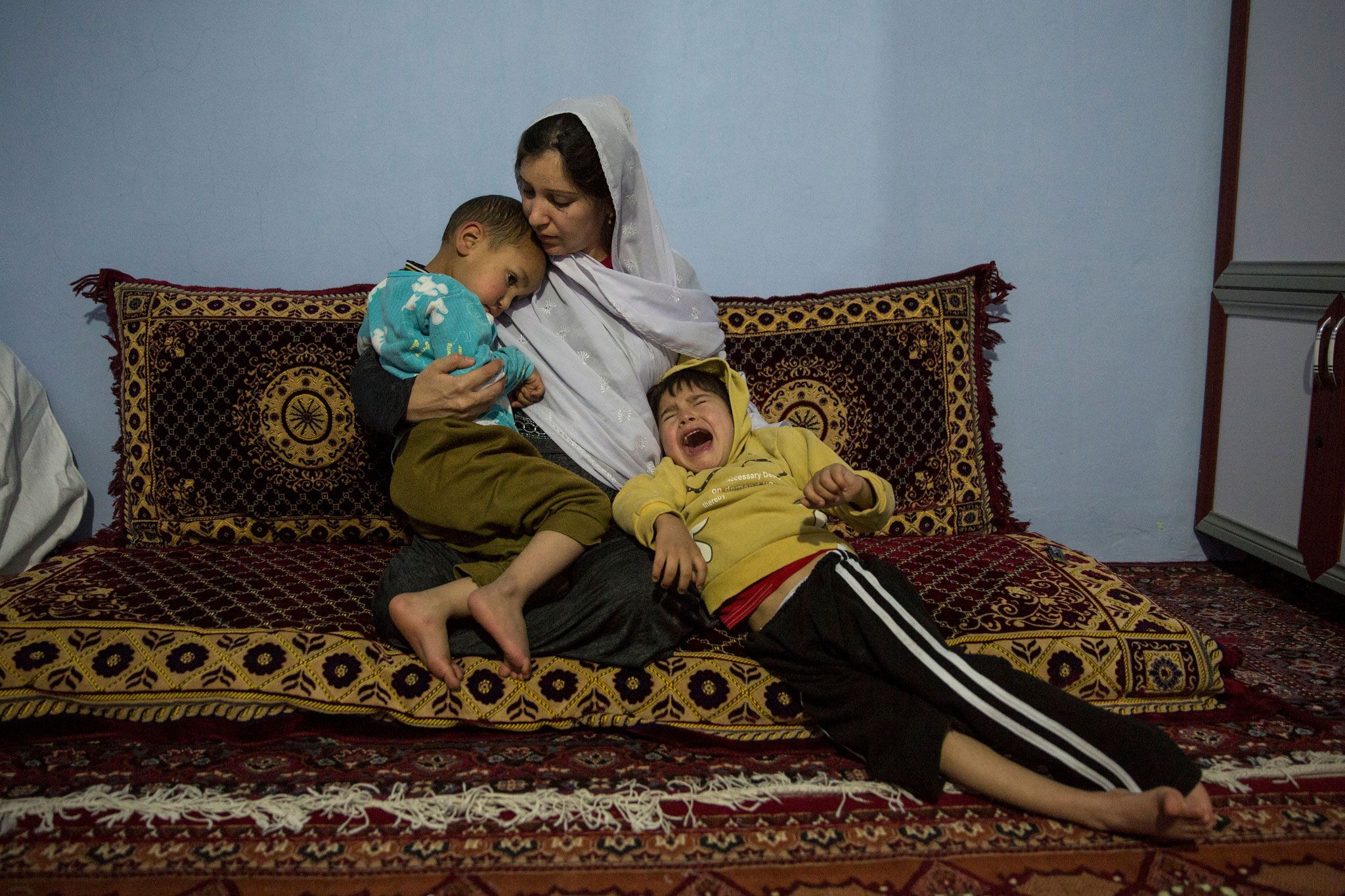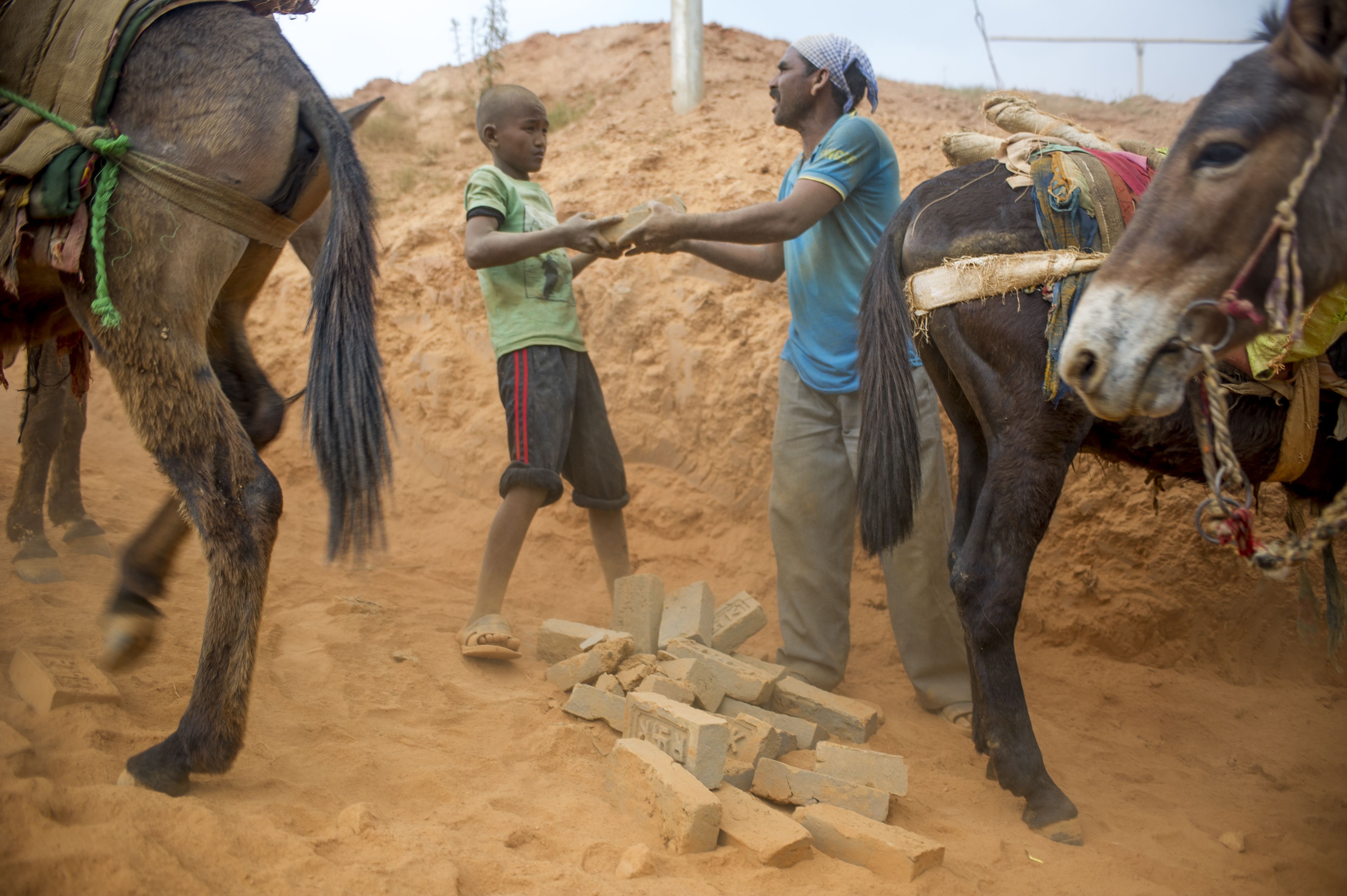Select a headline below that interests you. Click on the link for the article you selected to see the story as it was published online. As you read, record your responses to the following questions:
- What details stick with you?
- What is the main idea of the story? How could you explain it to someone else?
- How does this story connect to you?
1. Confronting the Struggle of Afghanistan's War Widows
December 07, 2015
National Geographic
2. As Venezuela’s Economy Plummets, Mass Exodus Ensues
July 10, 2017
PBS NewsHour
3. Jamaica's 'Barrel Children' Often Come up Empty with a Parent Abroad
December 27, 2017
NBC BLK
4. How Schools in Brazil Are Teaching Kids to Eat Their Vegetables
February 12, 2016
PRI's The World
5. After Nepal’s Earthquake, a Push to Rebuild Without Child Labor
June 08, 2016
Christian Science Monitor, PBS NewsHour
6. India: The Dirty Secret About Your Clothes
December 30, 2016
The Washington Post
7. The Heavy Legacy of Lead in the World's Most Toxic Town—in Pictures
May 29, 2017
The Guardian
December 19, 2016
Time
9. A Witness to Iran's Intensifying Struggle with Climate Change
January 02, 2017
The New Yorker
10. China's Surprising Solutions to Clear Killer Air
May 05, 2017
National Geographic
11. Exotic Pet Owners of Beijing
September 23, 2017
The Guardian
12. Haiti: They Call it Canaan
April 3, 2017
Virginia Quarterly Review
13. After Paris, Syrian Refugees Face a Darkening Future by Jeanne Carstensen
November 24, 2015
The Intercept
This resource is a part of the Global News Hunt workshop that Pulitzer Center education staff facilitate in-person and over Skype. Prior to selecting one of the resources within this lesson, students practice looking closely at images to make predictions about the story the image is intending to communicate. They work with the following prompts:
- 3 Observations (Note details in the image)
- 2 Questions (What more do you want to know about what you see in the image?)
- 1 Prediction (What story do you think the image is hoping to communicate?)
Students then practice comparing their predictions to the actual article. In the end, they brainstorm connections between the story and their own lives. They consider the following:
* Why does this story matter to me and my community?
If you are interested in connecting the Global News Hunt workshop with your students, contact Pulitzer Center's education staff by emailing [email protected].

